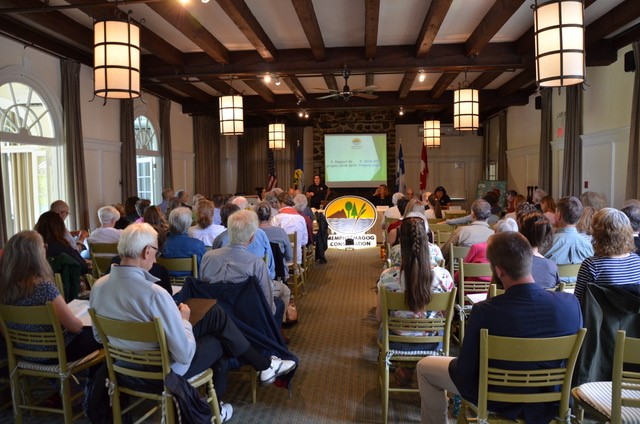Municipalities
Municipal administrations are also important actors in the management of the quality of Lake Memphremagog's water. We invite you to learn about the various ecologtical practices that can be adopted by municipalities and to spread the word, to your fellow citizens bur mostly to your elected officials!
Rainwater management
Runoff from rain and smow melt on impermeable city surfaces (roads, parking lots, roofs) is an enormous source of pollution. In fact, this water is often contaminated with phosphorous, fecal coliform bacteria, leavy metals such as lead, road salt and oil, among others. Did you know that it only takes between 1 and 1.5 mm of rain to create runoff on these surfaces? The management of rainwater is an area where municipalities can make a significant difference.
There are a number of measures that can be taken to reduce pollution via runoff. Their goal is simply to encourage percolation of water into the soil befor it can run off into a stream then into the lake.
It is possible to, for example:
1. Plant trees in green spaces: the trees capture sediments and pollutants, as well as moderating the impact of water droplets on the soil due to their foliage.
2. Divert runoff: runoff can be canalized to flow into water gardens, where it will be filtered before percolating into the soil.
3. Improve the permeability of parking areas: conventional parking lots, surfaced with ashphalt or concrete, where all runoff is sent to a storm drain, are a catastrophe for the quality of the watershed, notably due to their considerable impacts on the hydrology (rapid and voluminous water flows) and the huge volumes of sediments that they carry. Current technology allows us to costruct and renovate parking lots in a manner that reduces their negative impact on the quality of the watershed.
Road salt management
De icing salts used on our roads in winter are harmful to lakes. In fact, the algae, insects, invertebrates and fish are all negatively affected by the increase in the concentration of salt in the water. A reduction in the population of a single species can modify an entire ecosystem! As well, certain metals trapped in the sediments (mercury, cadmium and zinc) can be released in the presence of a large quantity of salt.
Thus it is recommended, in order to reduce the impact of salt on our ecosystems, to:
1. Use abrasives rather than road salt for winter road maintenance, especially on roads close to waterways. Abrasives are a mix of sand or gravel and road salt. They are more efficient and much less harmful ro aquatic ecosystems than strait road salt.
2. Store road salt and contaminated snow only at authorized sites. The MDDELCC must approve the choice of storage site, which must meet certain important characteristics, such as a capacity to filter the water.
3. Promote the 'bottom third' method of ditch management, and insist that all sub-contractors in your municipality adopt this method. This economical and ecological technique allows, on the one hand, the maintenance of clearer water runoff with less suspended matter, fresher and more oxygenated, and thus reduces silting of bodies of water, and on the other hand, reduces ditch maintenance costs by 20% and reduces the volume of material to be disposed of, and the frequency of ditch maintenance activities.

Image : road sign indicating the alternative treatment of the roadway in winter
For additional information on the impacts of road salt on the environment, consult the tests done by Jean-Philippe Robitaille (in French only).
Sustainable real estate development
Real estate development in the Lake Memphremagog watershed is occurring at a furious rate. We are witnessing a systematic but disorganized urban sprawl. The way that we occupy and use the territory is the largest single factor influencing the quality of the dirnking water drawn from the lake! It behooves us to rethink how development is done and ensure that it is done in a way that the ecosystem can support. We must aim for a balance between real estate development and protection of the environment. Municipalities have the most responsibility in this area: they must plan and monitor residential development on their territory.
Municipalities should have the following priorities:
1. Protect wetlands: wetlands are still too often victims of humanity's 'lack of space'; they are filled to support buildings, marinas, roadways, docks,... However, given their scarcity and their great ecological value, the presence of wetlands should be checked on all lots before the issuance of a building permit.
2. Opt for 'conservation subdivisions' in rural settings: the idea of this approach is simple: if a municipality wishes to permit as many new constructions in a specific zone as they would have under current bylaws, they must advocate for the grouping of homes on smaller lots. Thus we increase the density of a part of the territory and protect the rest. For example, if traditional zonage required a minimal lot size of 930 m2, a 20 hectare parcel of land could accomodate 200 houses. A subdivision designed with conservation in mind would allow the developer to build the same 200 houses on 465 m2 lots, on the condition that the other half of the land remain undeveloped.




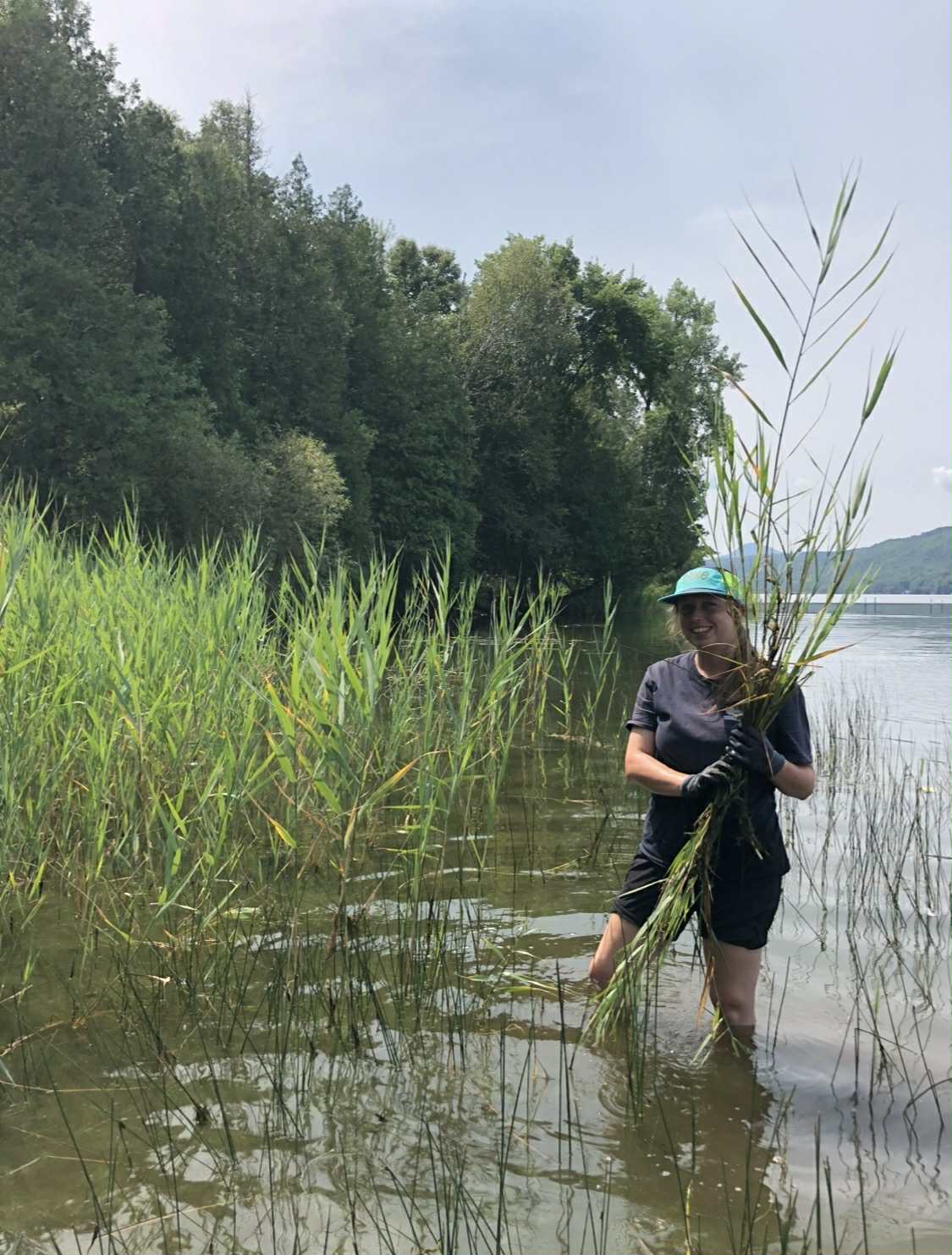



.png)


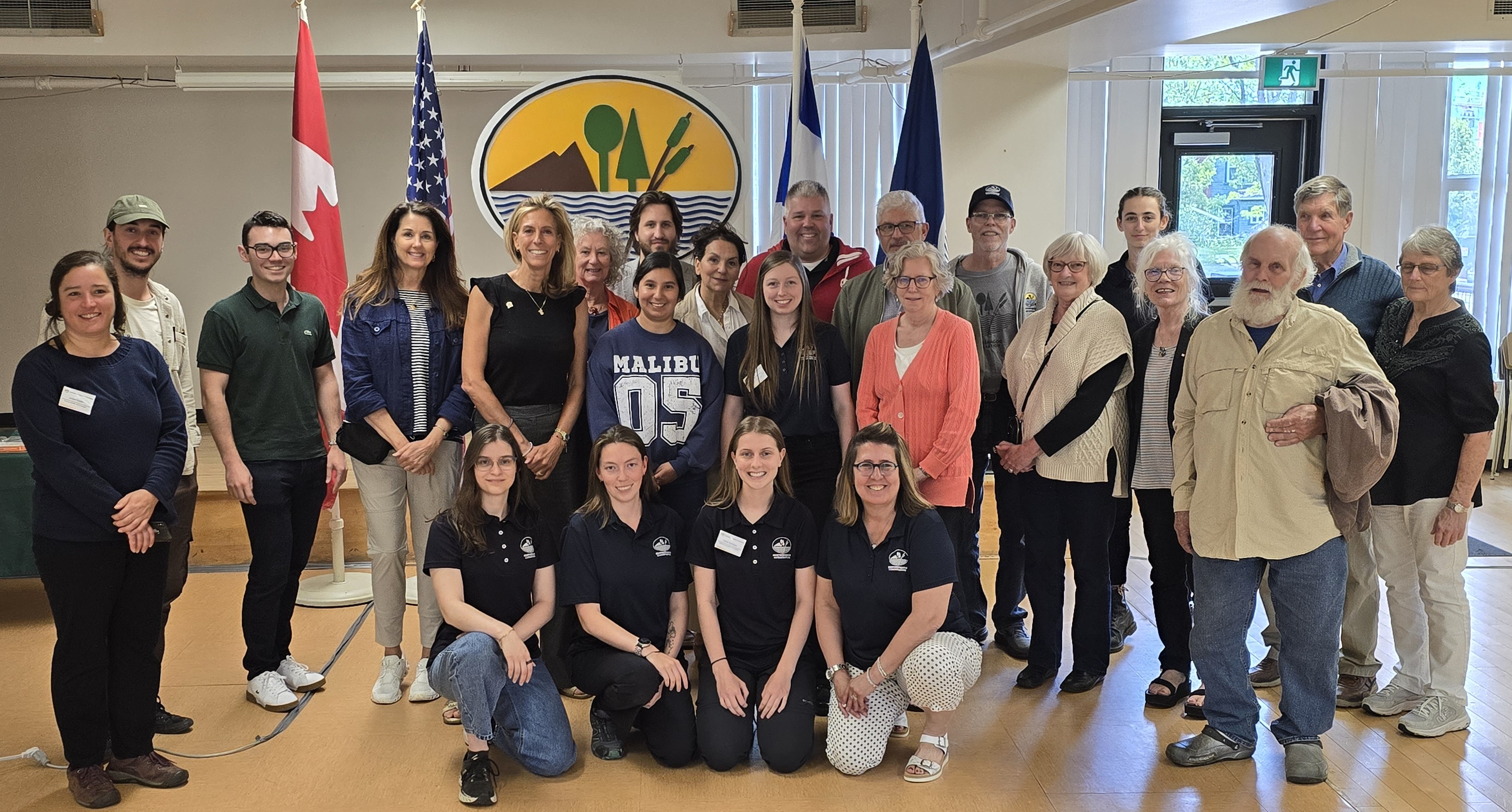


.JPG)

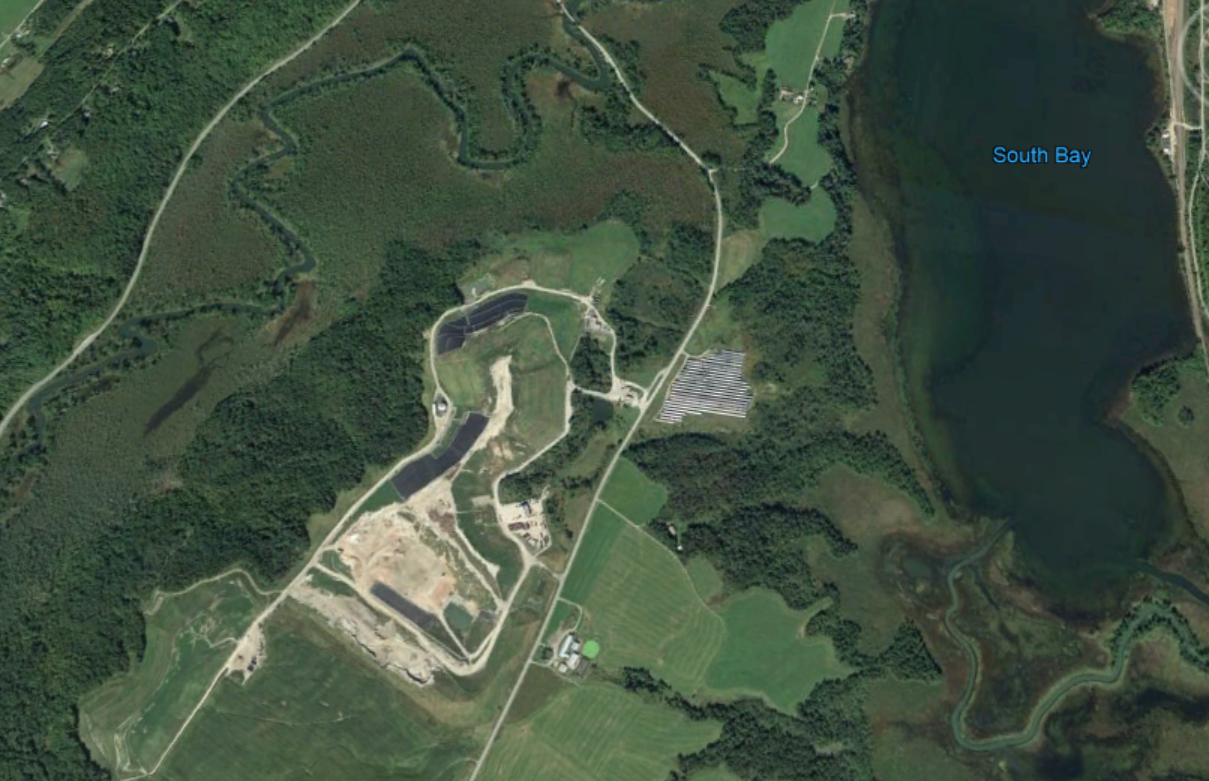




























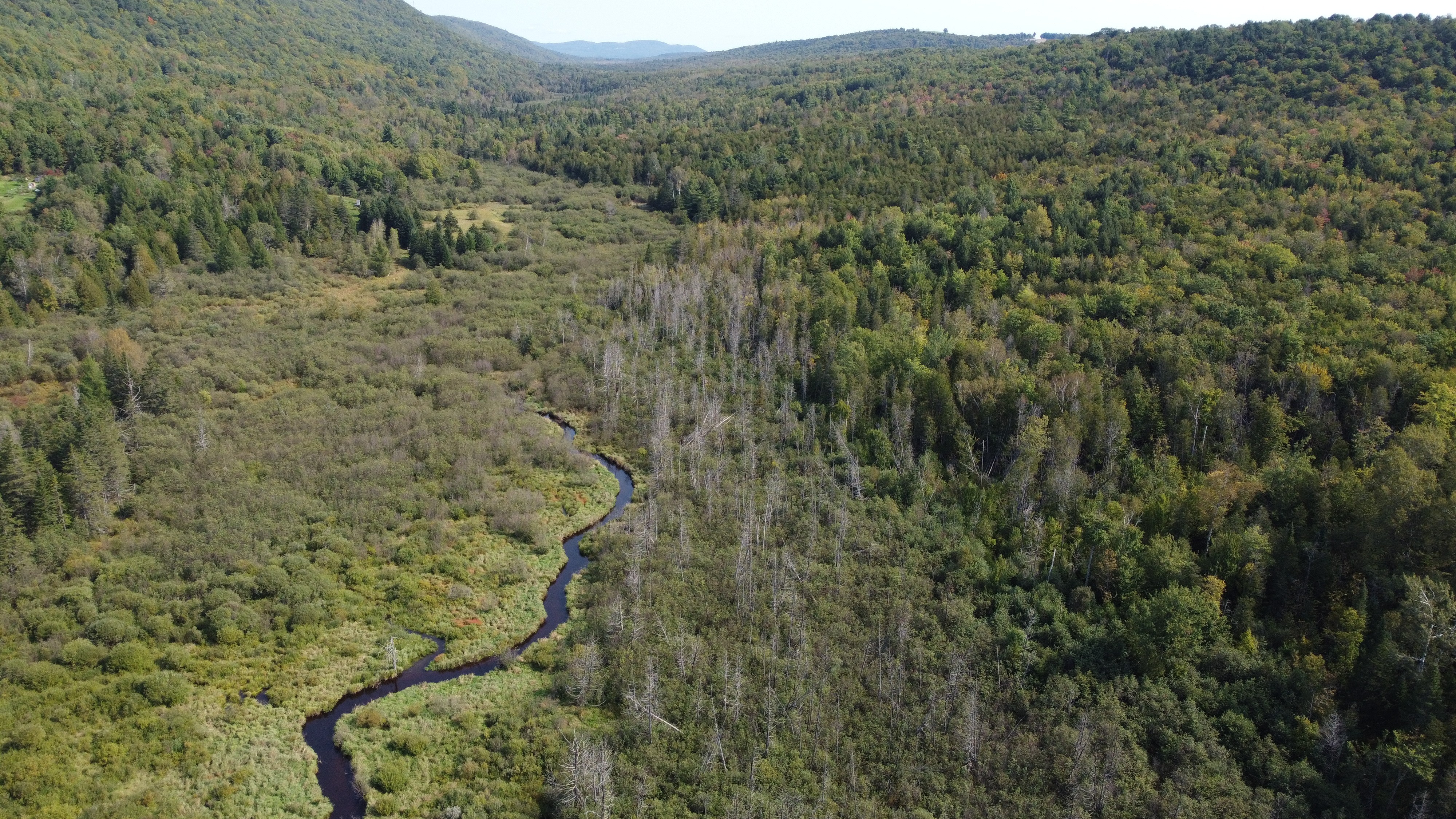




.JPG)








